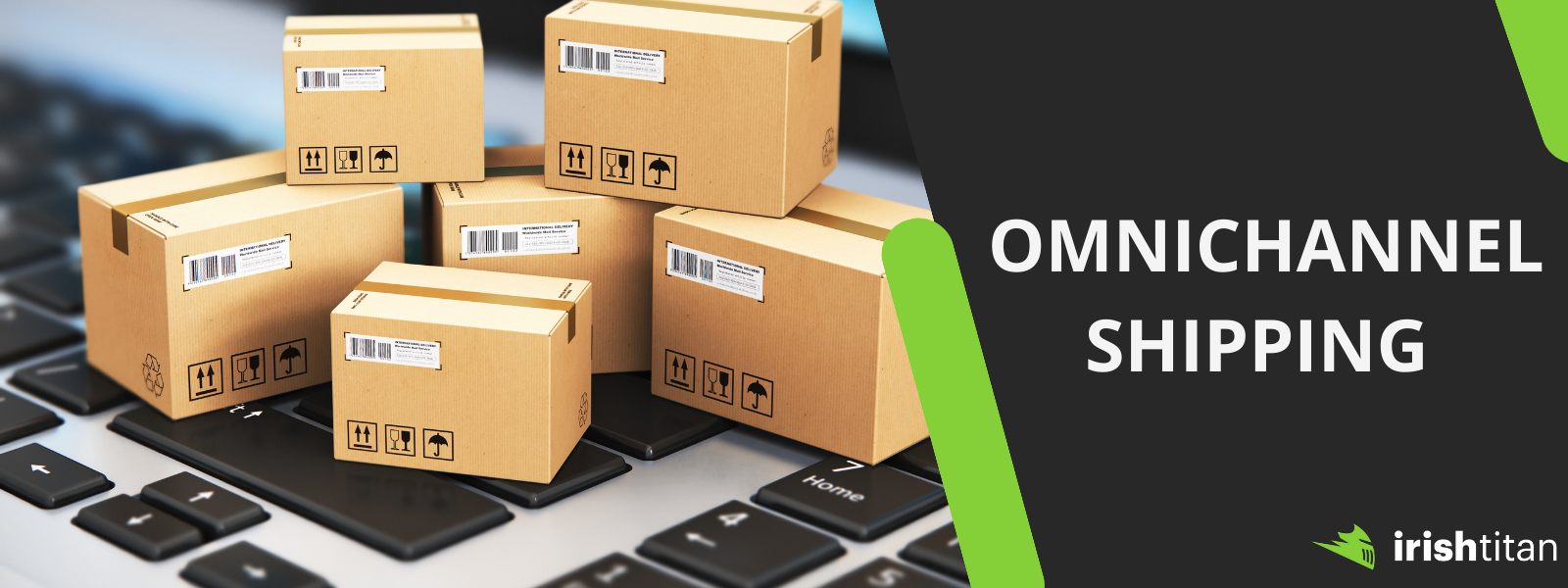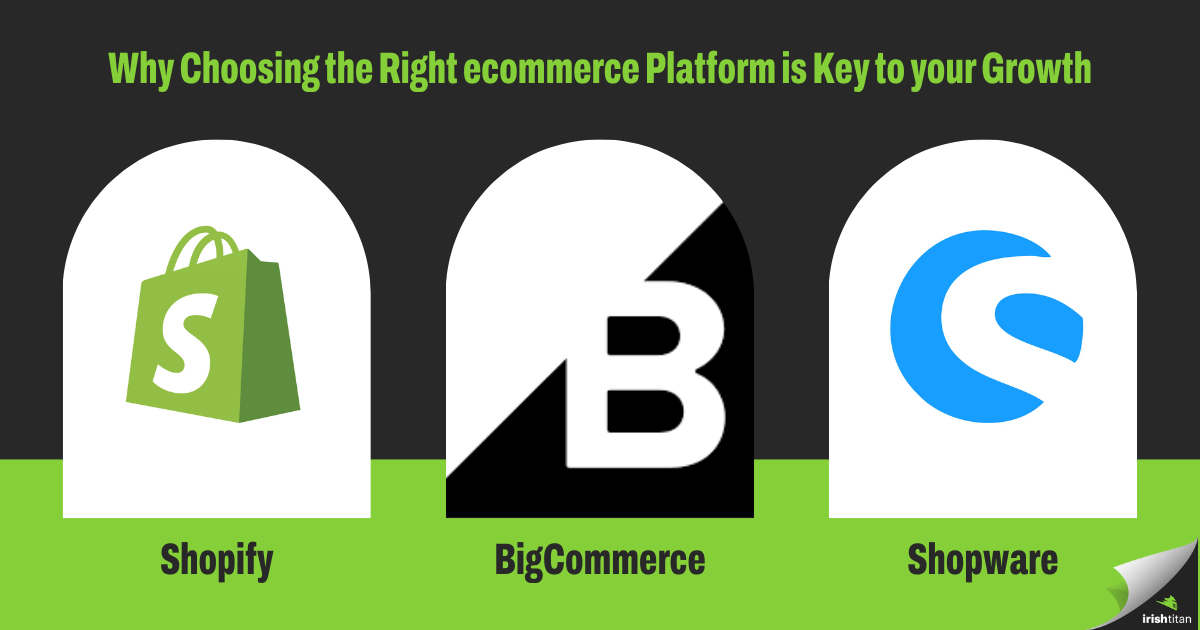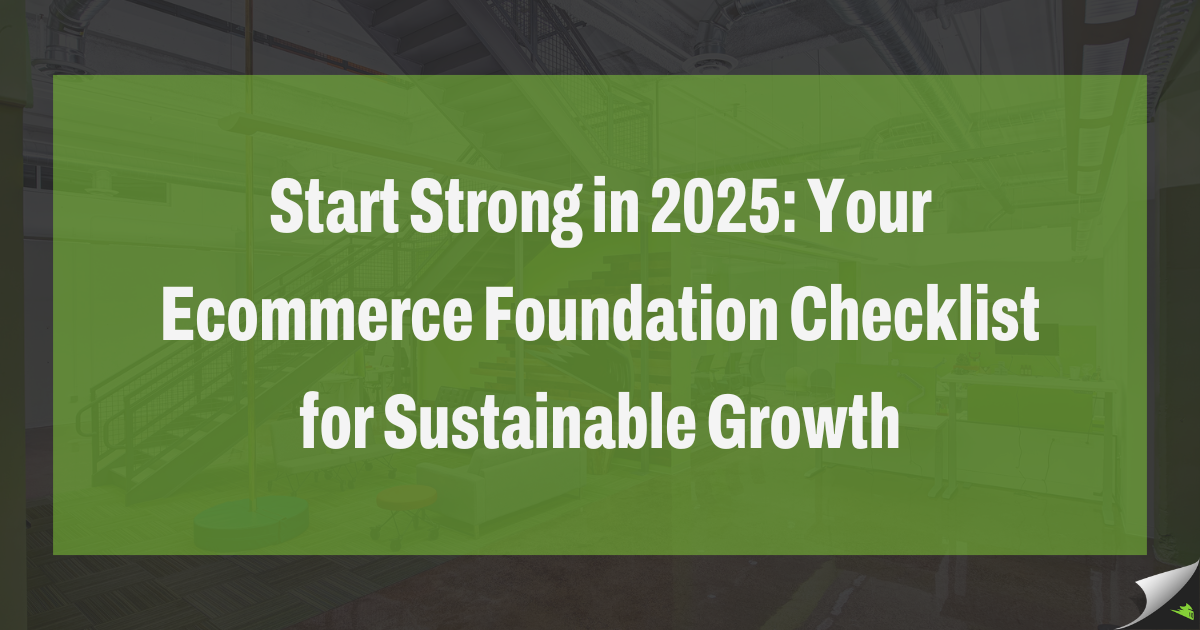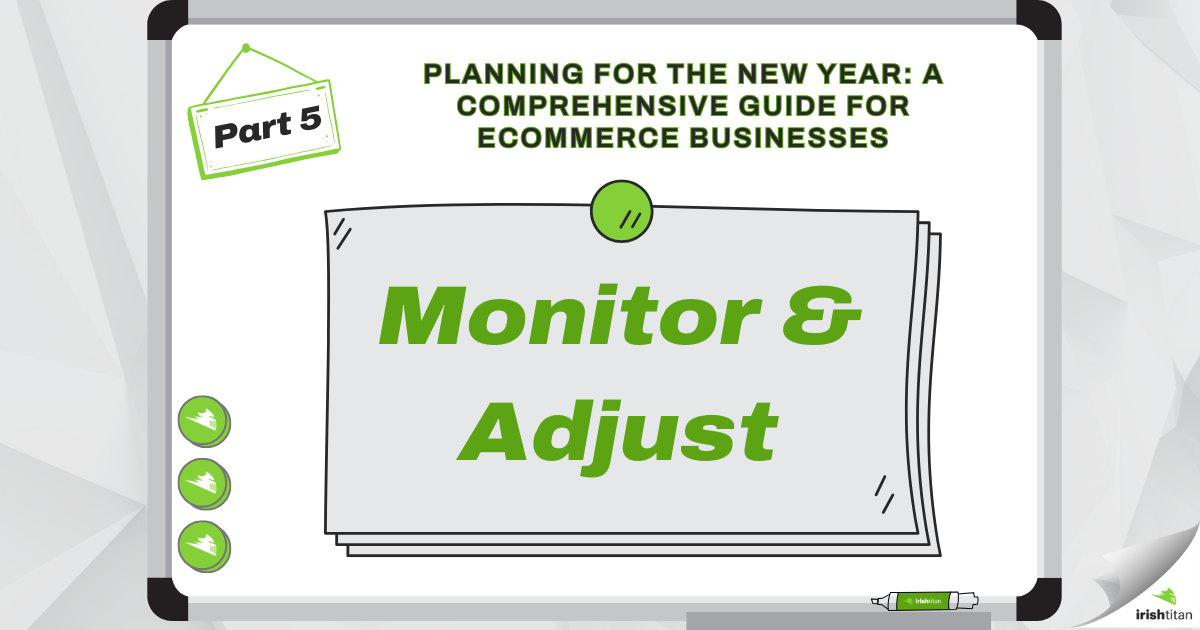Omnichannel + Shipping
Omnichannel is our new favorite buzzword. Like Diet Coke and Mentos, the Cinnamon challenge, Tik Tok, or hating on Gen Z, having a plan is critically important. Shipping and fulfillment are notoriously difficult in an increasingly omnichannel world. Multiple inputs, formats, requests, returns, and requirements demand even more from ecommerce managers (as if you didn’t have enough hats on your head).
For a refresher, here's our Omnichannel Overview and Omnichannel Personalization articles.
Omnichannel platforms and 3PLs can usually take a couple of hats away. Managing a single platform for orders, returns, shipping, or picking up in store takes a significant amount of headaches away (not all of them, obviously). Ultimately, we want to give consumers options like buying online, returning in the store, or buying online, picking up in-store. Customers can order a product and choose the source from which they receive it.
This approach relies on technology to track and distribute inventory across stores and warehouses to optimally meet consumer demand and prevent unnecessary overstock. Some companies use a combination of these technologies in a multichannel manner (for either compounding headaches or heaven). For example, they fulfill some orders themselves while relying on a separate 3PL for a part of the business (Amazon particularly loves warehousing your products). How you set up your shipping and fulfillment can help reach your customers faster and cheaper, but may involve a more distributed approach.
Typical Options We See:
- Manage completely in-house. (Very common).
- Hybrid approach, some in house fulfillment and some 3PL depending on the channel (usually the most common).
- Fully outsource fulfillment to a third-party logistics company. (Least common but has its place).
When approaching an omnichannel shipping strategy (especially in a hybrid model), a platform such as a 3PL is more crucial than ever. Let's go into more detail about why a third-party logistics platform helps simplify the process for the shopper and seller.
What is a 3PL or Third Party Logistics Company:
When using a 3PL, you outsource your ecommerce logistics process to a third party to lessen some of the burdens on your company, and oftentimes distribute your inventory further than you could without the overhead of hundreds of warehouses. They help manage inventory, warehousing, fulfillment, and returns. In addition, they often offer tools and infrastructure to automate retail/online order fulfillment.
What Does the Process Look Like?
Before a customer is even involved, a 3PL will receive your inventory and store it in their warehouse/fulfillment centers. Each 3PL has its own process for receiving and storing stock. Some require a WRO to help know what products they will receive and how many units. The more information they have, often the faster they can fulfill orders.
The picking process is where things can start to get complicated. All third-party logistic companies are different in how they receive orders. Sometimes they require you to manually upload orders to their system, but this tends to be an inefficient way to manage orders. So, it's best to use a 3PL with a sophisticated technology stack that directly integrates with your ecommerce platform. These fulfillment software integrations allow your orders, shipments, inventory tracking, returns, stock levels, and much more to be in one place to allow for automated shipping. Especially important for hybrid approaches.
After the wonderful 'Buy Now' moment, your 3PL is distributed an order (oftentimes based on channel or geographic location). From there, the picking process is pretty straightforward. The 3PL is provided any info directly from the order info in the platform (there's that integration again). The order gets assigned to the warehouse team, who picks all the items in the order.
Next is packing, which depends on your brand preference and the shipped item. The 3PL will help you choose suitable materials to optimize protection and dimensional weight. Branding can be a critical piece of 3PL, you want to ensure your customer has the exact same experience no matter where they order from. Sometimes that means your 3PL has to stock branded packaging, stickers, tape, or more. This piece is often overlooked but makes a massive difference. Could be the difference between undying brand loyalty and a race to the price floor with your competitors.
Then the significant part that all this is about is the shipping. The 3PL will purchase and print the labels and then choose the suitable carrier depending on cost and delivery speed OR maybe you want to dictate that in your platform. It's your call. Your 3PL might use or have access to discounts on carriers that you don't use. Something to think about. They'll push shipping info, tracking, etc. back to your platform (integration again) for customer updates. This process is the same for returns and exchanges.
More from Ecommerce...
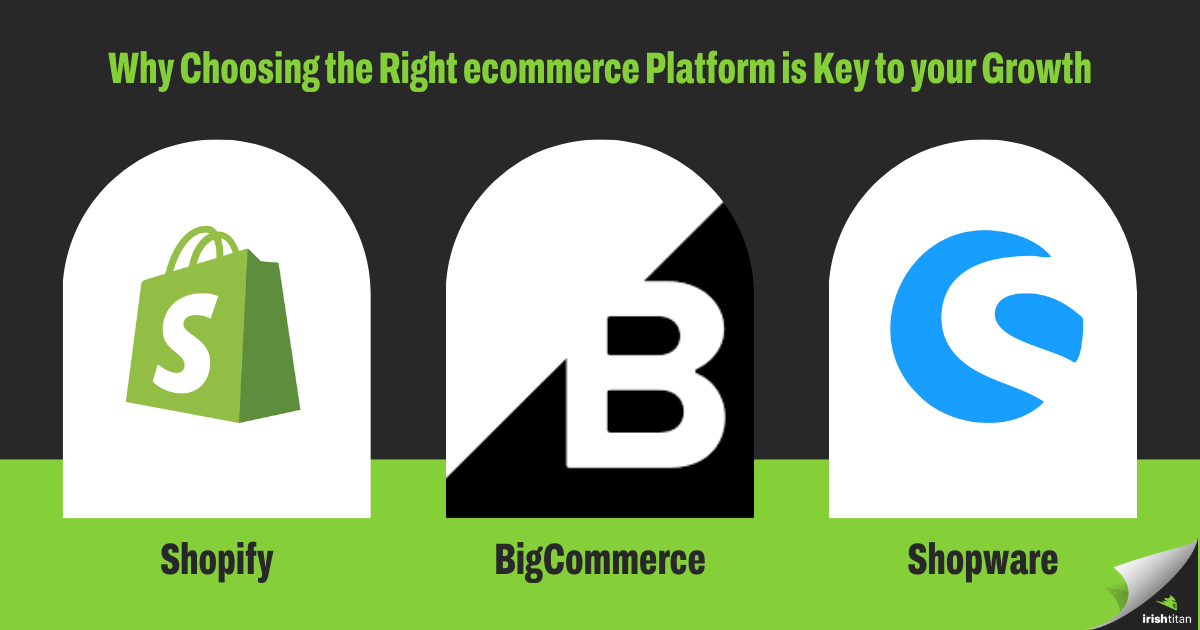
Your ecommerce platform is the nucleus of your business and choosing the right platform for your website is the essential nutrient for longevity and growth of your business.
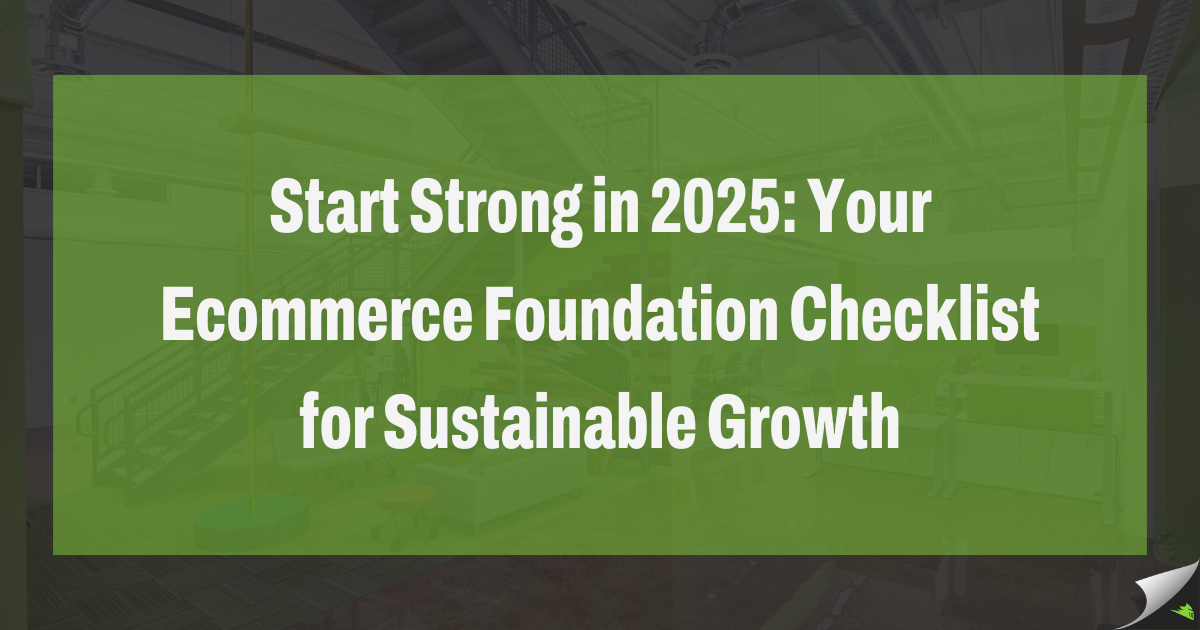
We’re kicking off the new year with a fresh approach to help you learn more from us—and about how we can help your business grow.
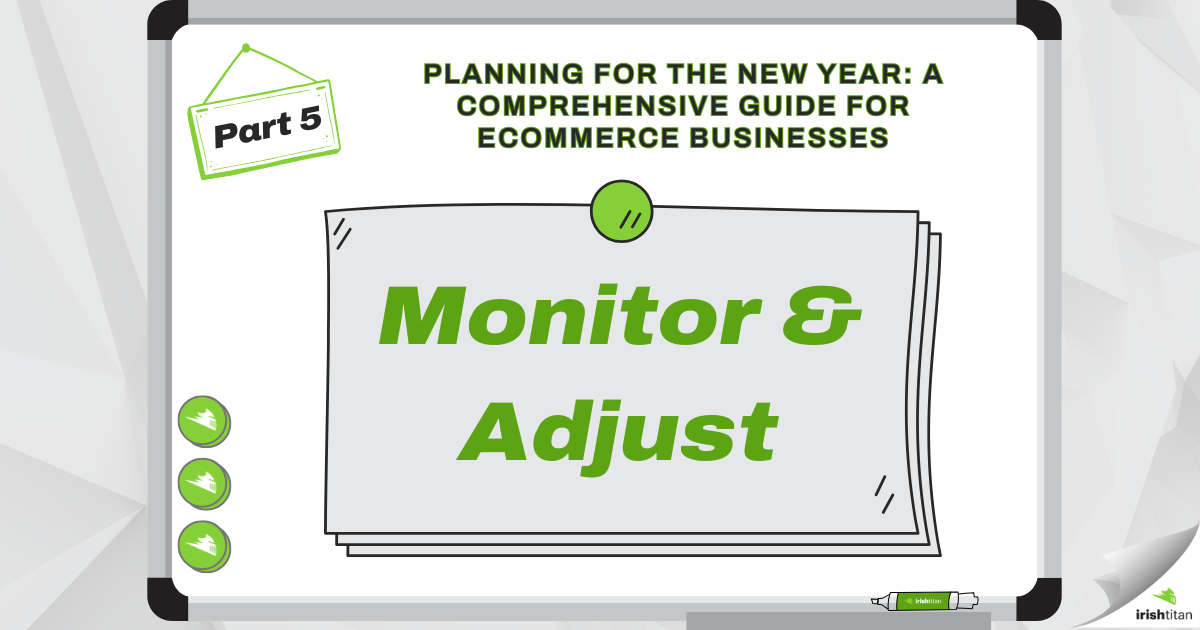
In the final part of our 2025 planning guide, we’re diving into a crucial practice for any successful ecommerce business: staying dynamic in an ever-changing market.
